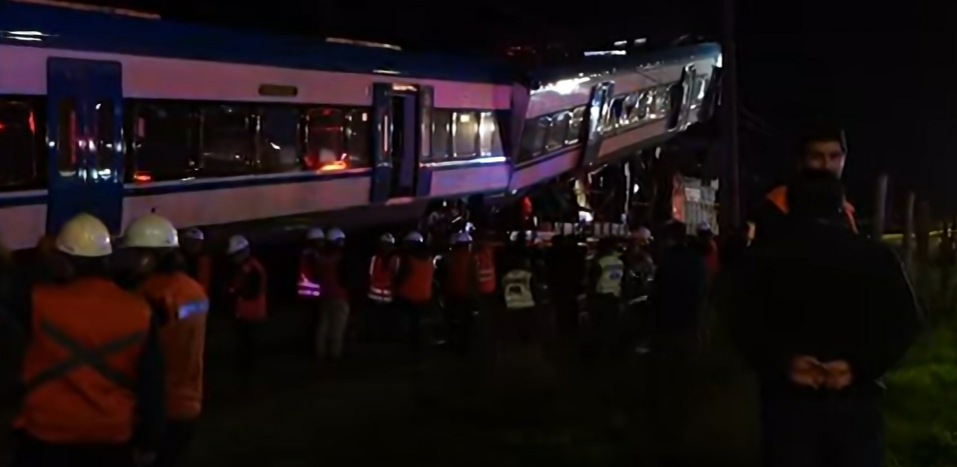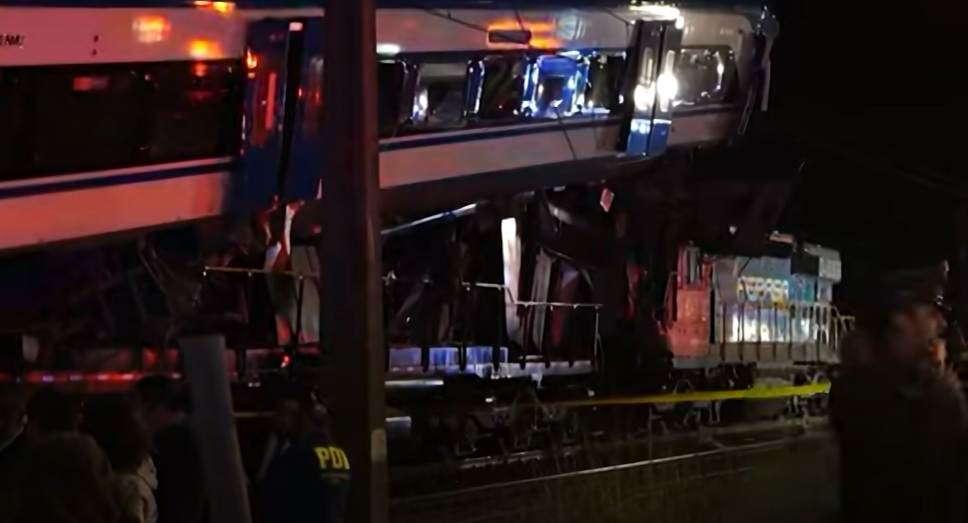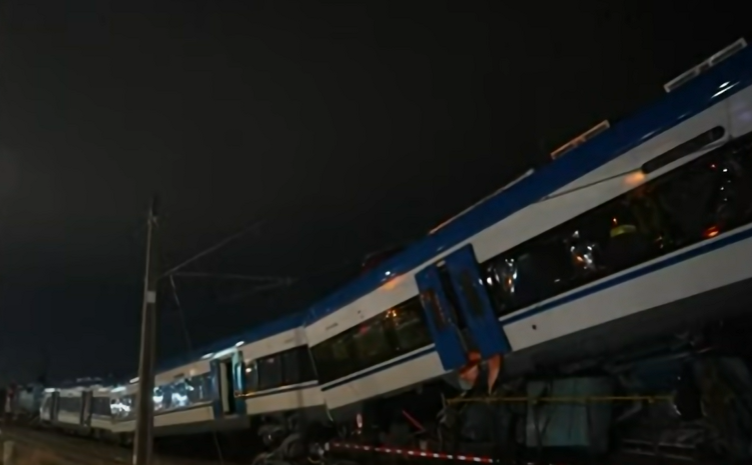June 21; In a rare and tragic incident for Chile, a freight train collided with another train on a test run just outside the nation’s capital, Santiago. The crash occurred in San Bernardo, a suburb south of Santiago, leading to the deaths of at least two rail workers and injuring nine others. The collision was so severe that the test car ended up fully atop the freight train, resulting in twisted wreckage that required the efforts of two large cranes to remove.



The freight train involved in the crash was an eight-car train carrying 1,346 tons of copper, a significant portion of Chile’s primary export. Meanwhile, the test train had ten workers on board who were conducting a speed test at the time of the collision.
Following the incident, train services in Santiago were suspended, causing disruptions and raising concerns about railway safety protocols in the region. Videos and images from the scene depicted one carriage jackknifed into the air above the mangled cargo train, highlighting the violent impact of the collision.
Authorities have detained the driver of the test train and a railway operator for interrogation, with charges of reckless manslaughter being considered. The investigation into the cause of the crash is ongoing, as officials seek to determine how such a catastrophic failure occurred during what should have been a routine test run.
The state rail company has yet to release a comprehensive statement, but early indications suggest that human error may have played a significant role in the tragedy. This incident has sparked a broader conversation about railway safety in Chile, a country where such accidents are infrequent.
As the investigation continues, there is a collective call for stringent safety measures to prevent future occurrences and to protect the lives of those working within the rail industry. The crash has not only caused immediate grief and loss but has also shaken confidence in the safety and reliability of Chile’s railway system.
In the wake of the accident, there is an urgent need for a thorough review of safety protocols and operational procedures to ensure that similar incidents do not happen again. The families of the victims and the injured workers are seeking justice and answers, as the nation mourns the loss of life and grapples with the aftermath of this tragic event.


